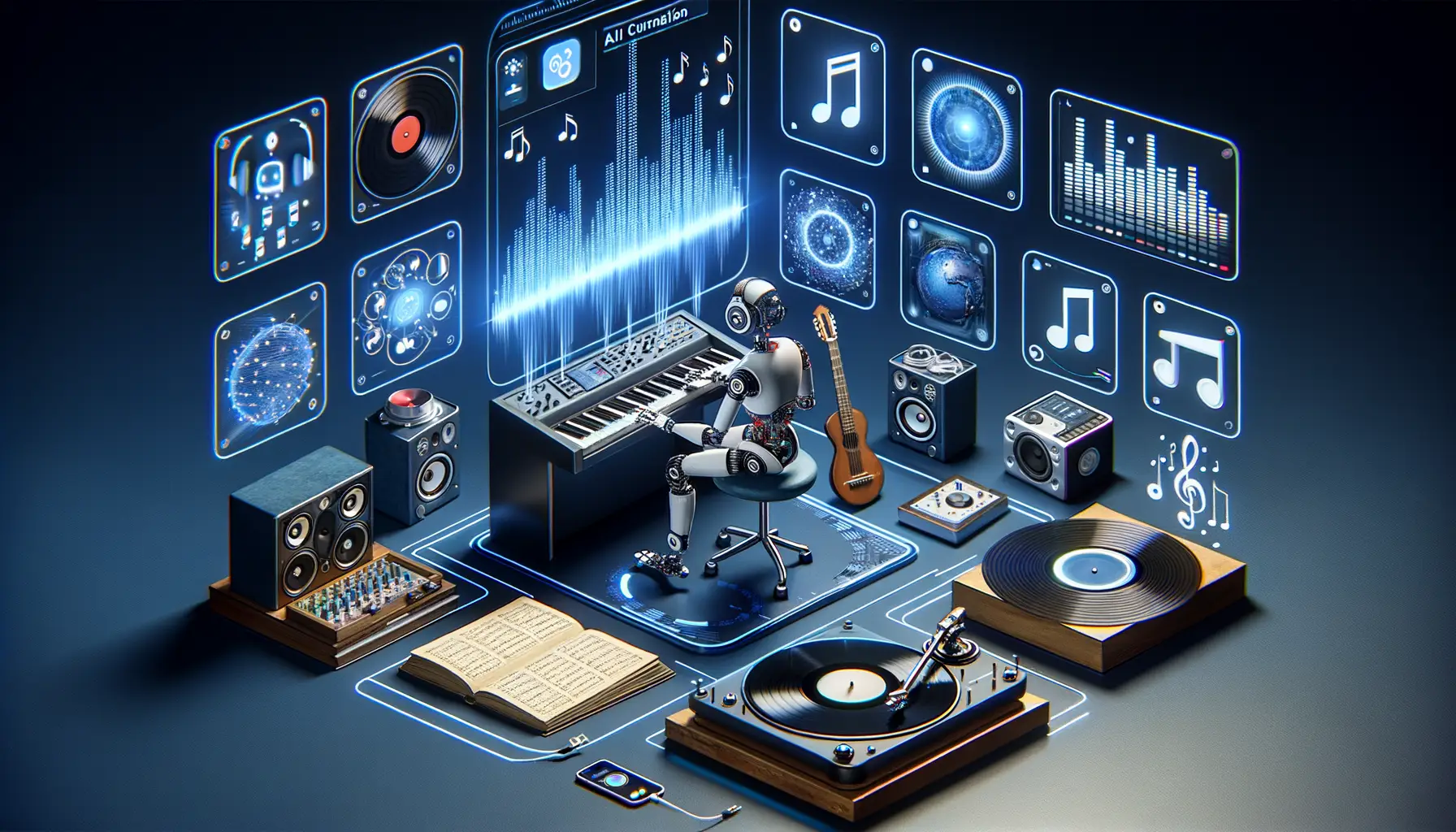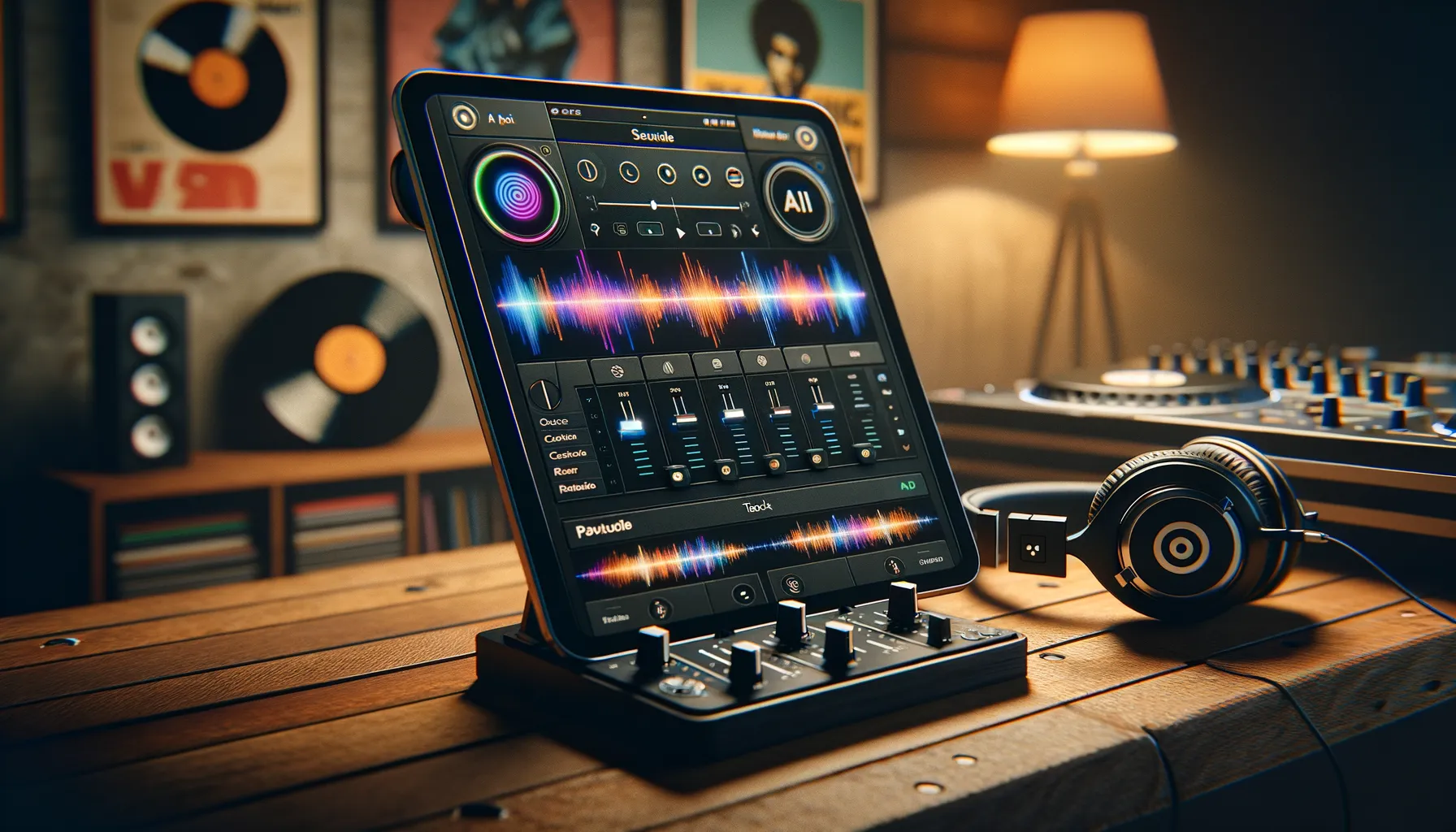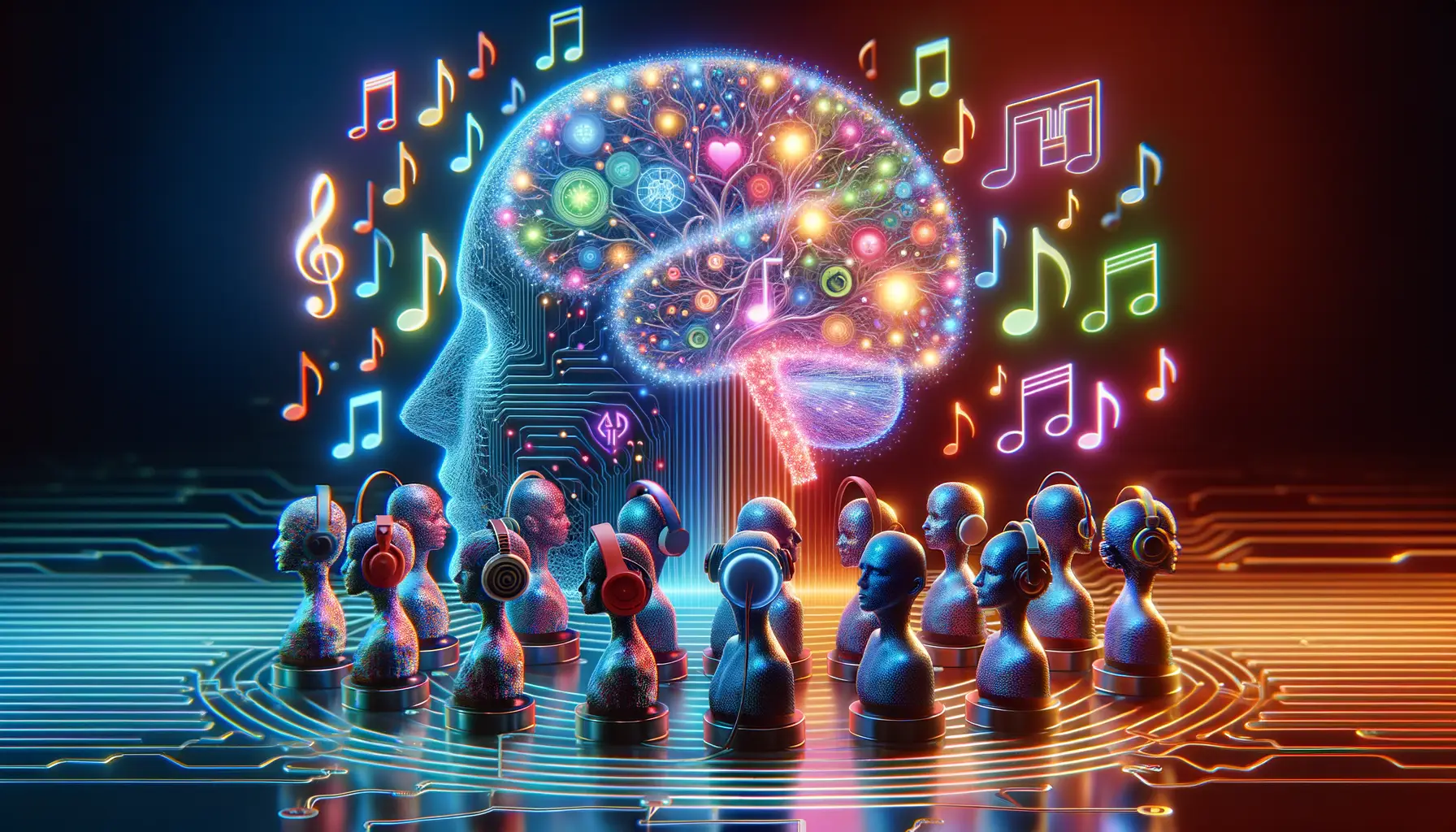Understanding the Role of AI in App Development
Picture this: you’re a developer working tirelessly to tune your music app to perfection. Bugs pop up like sour notes in a symphony, threatening to derail your masterpiece. Enter Artificial Intelligence (AI), your backstage assistant, ready to fine-tune the process and keep things in harmony.
Why AI Feels Like a Developer’s New Best Friend
Think of AI as that one colleague who never sleeps, has endless patience, and can spot a problem 10 steps ahead. Debugging music apps isn’t just about finding where the code bugs are hiding; it’s about understanding the intricate relationship between user behavior, patterns in the audio data, and how everything syncs together. That’s where AI shines. It doesn’t just analyze – it learns.
For example:
- Pattern Recognition: AI tools can pick up recurring glitches in audio playback or detect why certain features crash under specific conditions.
- Automated Testing: Forget running manual tests for every possible scenario—AI scripts simulate these with lightning speed.
- Predictive Analysis: AI doesn’t wait for mistakes—it actively predicts where errors might surface based on trends.
Adding Precision to Chaos
Music apps are messy under the hood—the layers of sound editing, streaming protocols, and real-time user inputs make debugging feel like playing Mozart blindfolded. But AI thrives in chaos. By analyzing immense datasets, from bitrate inconsistencies to crash logs, AI identifies specific lines of code or API failures faster than any human ever could. It’s not just smarter—it’s sharper, zeroing in like a laser beam.
Key Challenges in Debugging Music Applications
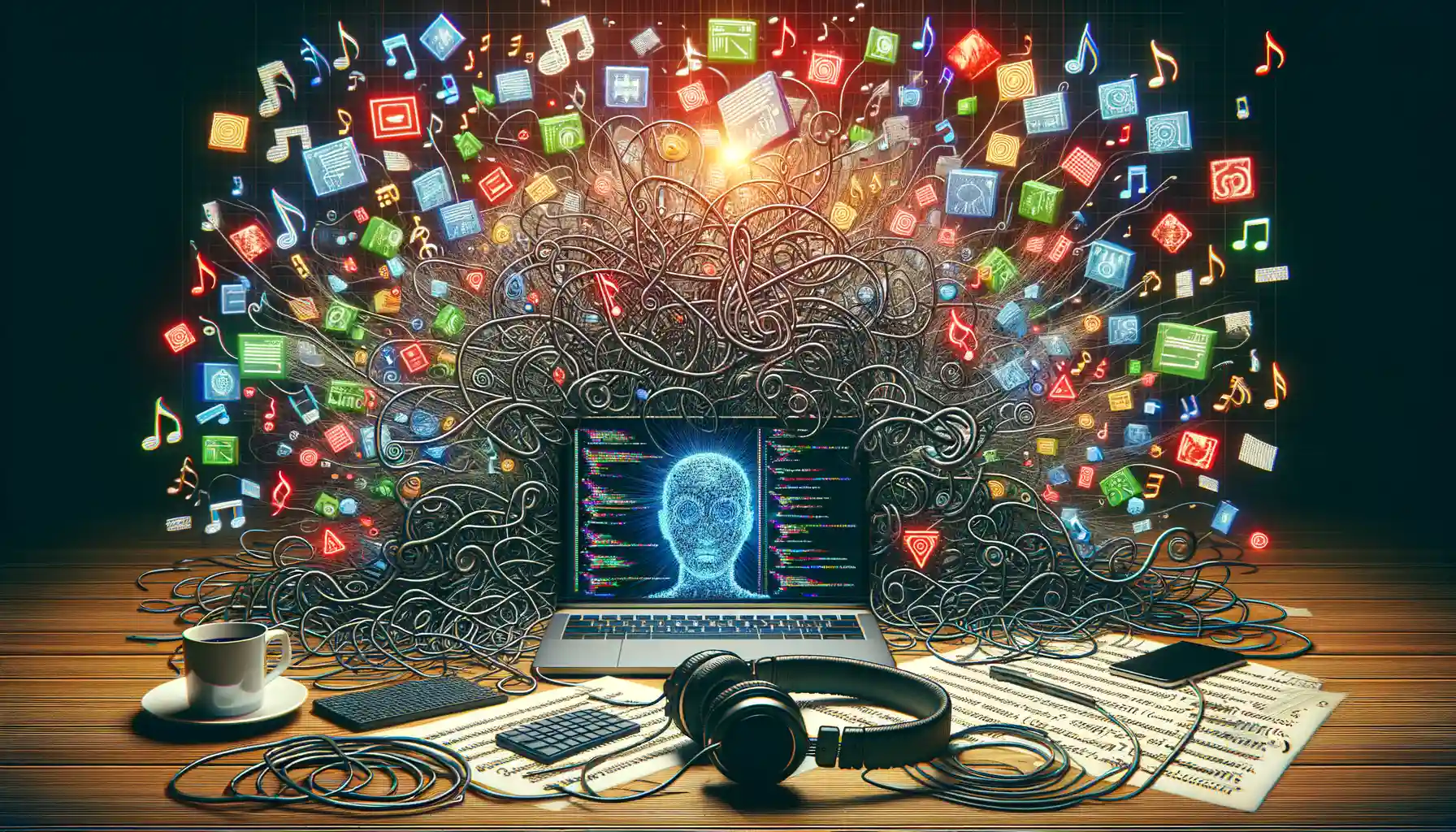
Unpredictable Sounds, Unexpected Errors
Debugging a music application can feel like trying to untangle a pair of earbuds that have been in your pocket all day—frustrating, intricate, and sometimes inexplicably impossible. Why? Because sound isn’t just data; it’s emotion, creativity, and precision wrapped into one. And when you’re dealing with complex audio streams, unpredictable bugs are bound to pop up.
Imagine this: You’ve just implemented a new feature that lets users layer multiple tracks in real time. It works perfectly on your test device but suddenly crashes on others. Why? Maybe there’s a memory leak somewhere in your buffer management—or the latency spikes unpredictably under specific conditions. These aren’t just “fix-it-in-five-minutes” problems. They force developers to dive deep into code like spelunkers exploring a cave with only half-charged flashlights.
The Invisible Demons of Compatibility
Then there’s the nightmare of device compatibility. Android versus iOS, old hardware struggling to keep up with your app’s processing demands, or inconsistent audio rendering across devices. Let’s not forget:
- Hardware variances: One device might handle high-frequency sounds beautifully, while another distorts them.
- Third-party integrations: Those fancy VST plugins or external MIDI controllers? They come with their own quirks and bugs.
- User behavior chaos: Someone keeps fast-forwarding tracks mid-playback, triggering glitches you didn’t anticipate.
Every day in debugging music apps is a test of patience, creativity, and sheer determination. The stakes? Whether or not your app transforms someone’s commute into a magical symphony—or a frustrating silence.
How AI Tools Improve Debugging Efficiency

Say Goodbye to Endless Code Hunts
Let’s face it—debugging can feel like finding a needle in a haystack, especially in complex music apps. With their intricate algorithms and real-time functionality, these apps often hide bugs better than your cat hides when it knows it’s bath time. This is where AI tools swoop in like superheroes, armed with their precision and speed to transform debugging from a dreaded chore into a manageable task.
One of the standout benefits? AI doesn’t just observe—it learns. By analyzing past patterns in your codebase, AI can predict potential hotspots where bugs are likely to lurk. Think of it as having a super-intelligent assistant whisper, “Check that file, something’s off.” Suddenly, you’re not just fixing bugs—you’re preventing them.
The Time-Saving Magic of AI
Speed. That’s the name of the game. AI tools like DeepCode or Sentry scan through thousands of lines of code faster than you can hum your favorite tune. And they don’t just stop at flagging issues—they offer actionable solutions.
- Pattern recognition: AI identifies recurring glitch motifs within music playback systems.
- Anomaly detection: It flags delays or irregularities in audio rendering, nipping performance problems in the bud.
- Automated testing: Why test manually when AI can run simulations across endless scenarios?
With AI-powered debugging, the process feels less like deciphering hieroglyphs and more like reading a clear roadmap. Efficiency skyrockets, leaving you free to focus on what really matters—crafting a seamless, immersive music experience for your users.
Real-World Examples of AI in Music App Debugging
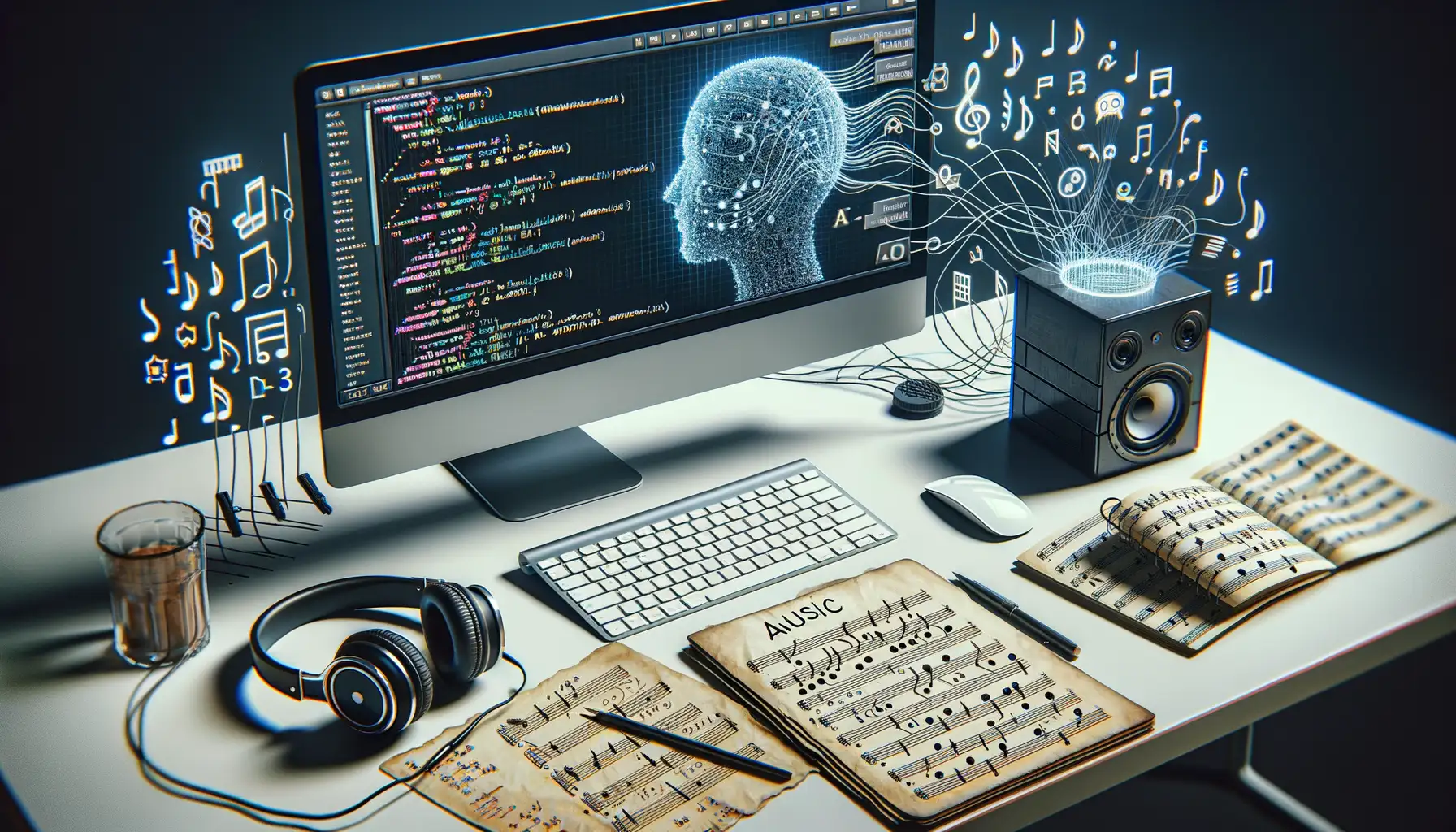
When AI Saves the Day for Music App Developers
Imagine you’re jamming out to your favorite music app, and suddenly – silence. The app crashes. Somewhere behind the scenes, a developer is racing against time to fix the bug that ruined your groove. Enter AI-powered debugging tools, the unsung heroes in this high-stakes rescue mission.
Take Spotify, for example. With its enormous library and complex algorithms, ensuring seamless playback is no small feat. Spotify uses AI to analyze millions of data points from user sessions, pinpointing where errors occur. Did the app freeze during a playlist shuffle? AI can zero in on the faulty API request, empowering developers to focus where it matters most.
For smaller teams, platforms like Sentry.io integrate machine learning to prioritize bugs based on their impact. Think of it as having an extra brain that whispers, “Fix this first—it’s breaking the app for thousands of users!”
- Tuning audio codecs? AI catches inconsistencies that disrupt sound quality, something human testers might overlook.
- Testing new features? Tools like Test.ai simulate real-world app usage, catching potential hiccups before users even notice.
Debugging music apps isn’t just about fixing code—it’s about keeping the melody alive, transforming chaos into harmony.
Future Trends and Implications for AI in App Development

Emerging AI Innovations Shaping App Debugging
Picture this: a developer’s best friend isn’t human, but a smart, tireless companion running on algorithms. That’s the future of AI in app development! We’re already seeing a shift from mere helpers to full-fledged collaborators. Advanced AI is poised to tackle **music app debugging** at lightning speed, but the road ahead is even more thrilling.
One trend? The rise of **predictive debugging**. Imagine an AI so sharp it spots potential bugs before they even occur, cutting down hours—or days—of frustration. And then there’s **context-aware diagnostics**, where AI will analyze not just the code but how users interact with an app. Think of it as giving your debugging team a time machine and a crystal ball all in one!
- Self-healing code: AI that doesn’t just flag bugs but rewrites the problem areas instantaneously.
- Deep learning libraries: Future systems might leverage massive datasets to fix even niche technical quirks in music streaming or playback functionality.
What This Means for Developers
Here’s the kicker—AI won’t just make debugging faster; it could redefine what we think of as “debugging.” Imagine being able to focus entirely on **artistic UX improvements** or building jaw-dropping features, while your AI assistant quietly handles backend glitches. Developers won’t just be coders; they’ll become orchestrators, conducting innovation with machines as their virtuoso ensemble. How exciting does that sound?





